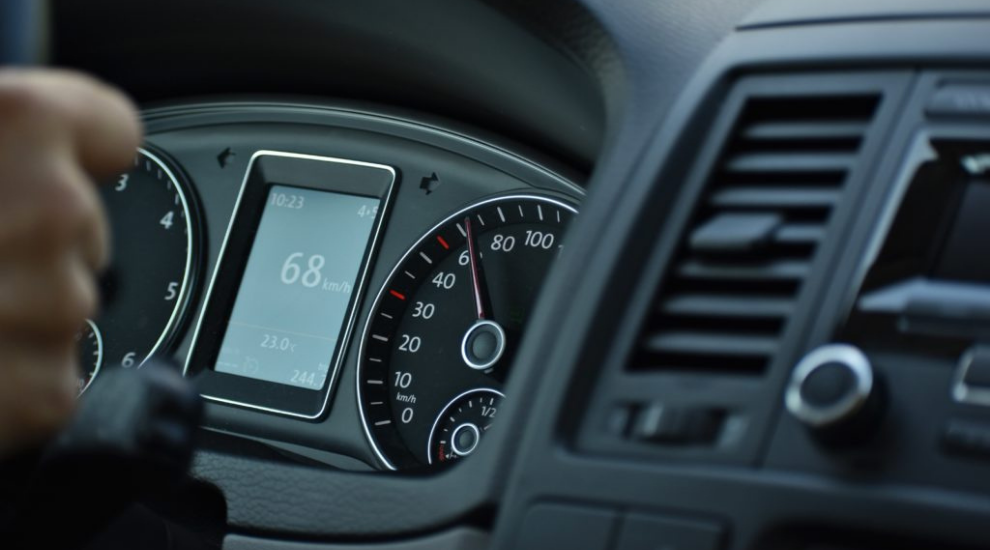Intelligent Speed Adaptation (ISA) is an in-vehicle system that uses information on the position of a road vehicle in a network in relation to the speed limit at that location. The aim is to help drivers comply with speed limits and is just one of several safety features due to become law on new cars sold from 2022. In 2018, 12% of all UK road fatalities had ‘Exceeding speed limit’ as a contributory factor and we can welcome the prospect of a substantial reduction in fatalities from ISA. However, a close reading of the legislation identifies some potential issues:
Firstly, drivers can simply switch the system off. Although this might be appropriate in some circumstances (e.g. poor technical performance in inclement weather) ISA could be disabled for a complete journey. Similarly, since the legislation requires that drivers must always be able to exceed the ISA-advised speed, the design of the driver’s interaction with the vehicle is crucial in encouraging speed compliance.
Technical performance is also important in maintaining drivers’ confidence in the system. Whether by on-board map or video camera drivers expect near perfect performance of an ISA system in correctly determining the local speed limits. Another technical issue is the transition between speed limits e.g. slowing to 30mph from a 50mph zone in a way that is acceptable to drivers.
Typically, ISA provides feedback through the accelerator pedal to the driver, e.g. becoming stiffer or vibrating when the speed limit is reached. This has been shown to work well but the legislation allows for the possibility of feedback by other means. Just displaying the speed limit on an in-vehicle screen, for example, is likely to be less persuasive and may also contribute to driver distraction. Similarly, a permanent reminder of over-speeding such as a tone could prove annoying and make the driver more likely to switch the system off.
Even when performing perfectly, safety might be impacted by a number of behavioural effects:
- Frustration: for the driver and other traffic participants when ISA’s obeying speed limits and transitioning between speed limits may not fit with behavioural norms of other drivers – this effect has been observed during a TfL trial of ISA on buses.
- Over confidence: when drivers adopt the maximum speed irrespective of emerging hazards or poor driving conditions.
- Inattention: when drivers feel less need to observe external signage.
So, what can we expect of ISA? The evidence suggests it will improve road safety (it’s, perhaps, surprising that it has taken so long to challenge drivers’ ‘freedom’ to exceed the speed limit). However, as with the introduction of any new technology, there may be unintended consequences. The extent to which ISA fulfils its potential will depend crucially on its design, operation and acceptance by drivers. Failure to deliver on these points may have implications not only for the safety benefits associated with ISA but also for drivers’ trust and acceptance of future vehicle automation systems.
A longer version of this article is due to appear in the Thinking Highways magazine later in the year.


Recent Comments